
Amami Oshima Tsumugi
Authentic Amami Oshima Tsumugi Silk Pongee
Light as the breeze, warm as the earth
Premium quality, elaborately woven silk in a night sky splashed with stars
Features of Oshima silk pongee
Authentic Amami Oshima silk pongee is a natural, hand-woven textile of a unique spiritual black color and intricate splashed pattern seen nowhere else in the world. Warm from thread surfaces encased with mud, it doesn’t soil or wrinkle easily. Its beauty earned it a ranking among Gobelins tapestry of France and Persian rugs of Iran as the world’s top three textiles.
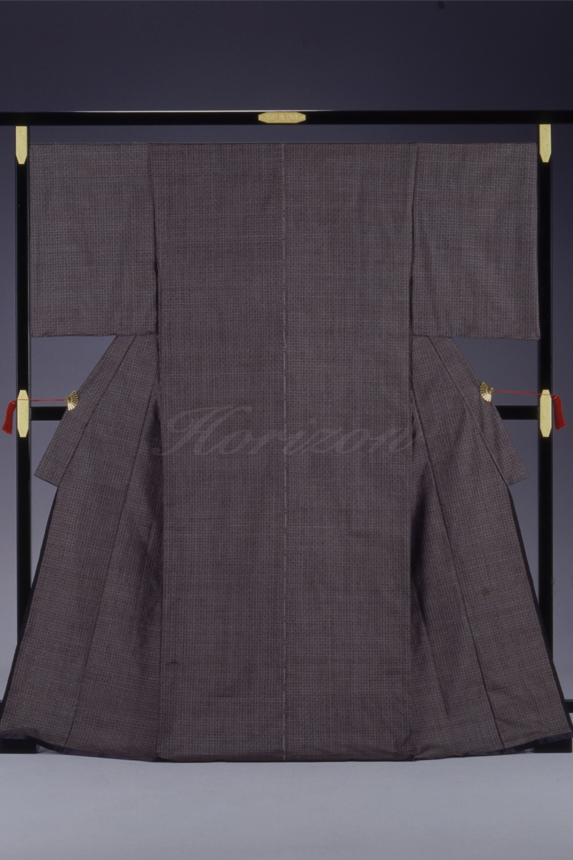
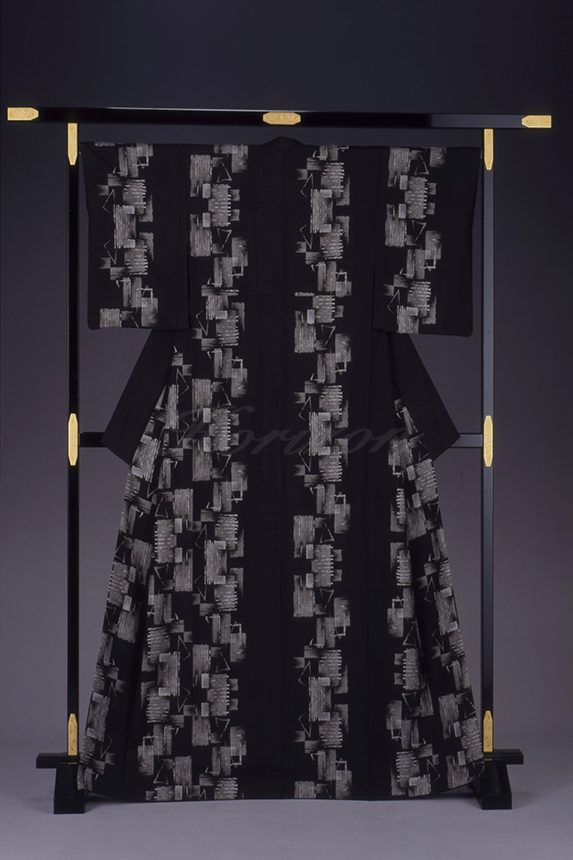
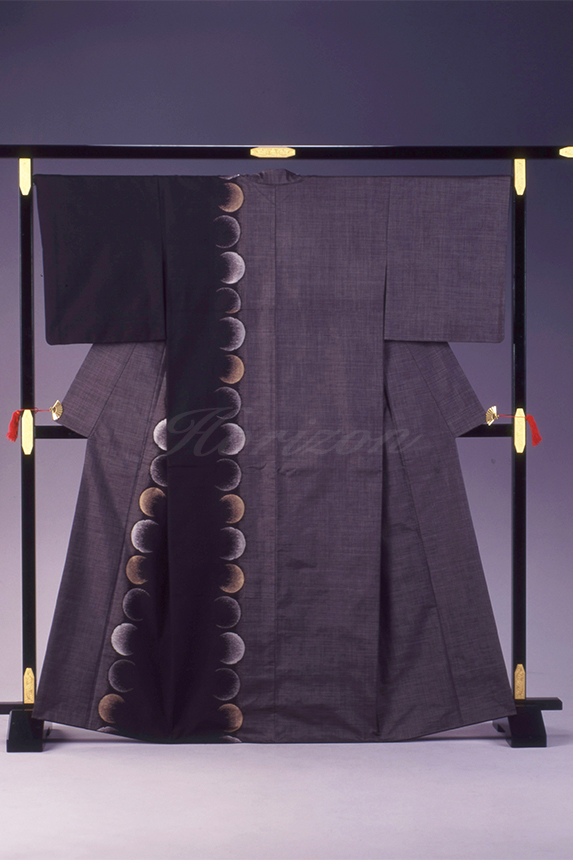
Silk Pongee Origin and History
Sericulture, or silkworm cultivation, has a long history in Amami Oshima. In texts from around the 6th – 7th century, there is “an offering of dark brown silk pongee from the Southern Islands” recorded in the contribution ledgers of the Todai-ji Temple and Shoso-in in Nara. If this dark brown silk pongee was from Amami, it would point to the production of some predecessor of today’s silk pongee as early as 1300 years ago.
The roots of the splashed pattern are generally believed to be the ikat textile woven in India almost 5000 years ago. There are 2 schools of thought on how the textile tradition was passed to Amami. The first posits that the tradition passed on directly as it popularized widely throughout the swath of islands from Sumatra and Java to the Sunda Islands when Amami was a way station for envoys to the Tang Dynasty in the 9th century. The second is that it passed through Ryukyu and Kumejima Island.
Silk pongee first appears in the literature in an ordinance forbidding the wearing of silk cloth in the 1720 Oshima Seitenroku. The Satsuma clan that directly controlled the islands of Amami allowed senior government officials from Amami Oshima, Kikaijima, Tokunoshima and Okinoerabu to wear silk pongee, but forbade anyone of lesser social status to do so. Silk pongee, as well as silk itself, was a luxury product used to pay tribute to the clan and the textile was prohibited for wear by the general populace.
Specific reference is made in the Nantou Zatsuwa illustrations drawn by Sagenta Nagoya, a well-known Satsuma clansman exiled to Amami Oshima from 1850 to 1855. The illustrations depict abaca cloth and splashed patterns in detailed pictures.
Most silk pongee of the late Tokugawa period is plain and striped pattern fabric. To create the splashed pattern, people spun banana plant fibers by hand. Until about 1907, women did this work at night, with each household taking a turn. Young men with shamisens would gather at a home, and improvise songs, singing back and forth with the women in what seemed to be rather enjoyable work.
With the advent of the Meiji era, silk pongee that was once used to pay the government became a commodity. Winning popularity at an Osaka exhibition, silk pongee demand increased enough to develop into a generational industry to support the Amami economy.
By the end of the Meiji era, the industry evolved from hand-spun textile to use a revolutionary binding machine invented in Amami that created a fine-textured cloth of a type seen nowhere else in the world. Now, division of labor assigns expert professionals to each of 32 parts of the process to create a single bolt of the textile.
No longer limited to kimono, Oshima silk pongee is used in Western clothing and a wide variety of items used in daily life as well as a variety of creative products.
Advent of Mud-dyeing
There is a funny legend about where Amami mud-dyeing comes from. Since the islanders who wove the silk pongee paid as tribute to the Satsuma clan were not allowed to wear it, one time a farmer’s wife tried to hide a bolt of silk pongee from a clan official coming to investigate by immersing it in a mud pit. When she took it out later, it was dyed black.
Key steps in producing Authentic Amami Oshima Silk Pongee (captions)
①Schematic

Schematics for Oshima silk pongee are all designed according to thread density by type.
With no schematics until the Taisho era, weavers were entrusted with design, but now most design work is done on a computer.
②Sizing

The number of threads needed to bind into splashed pattern are stiffened with starch and hung in the sun to dry.
③Binding
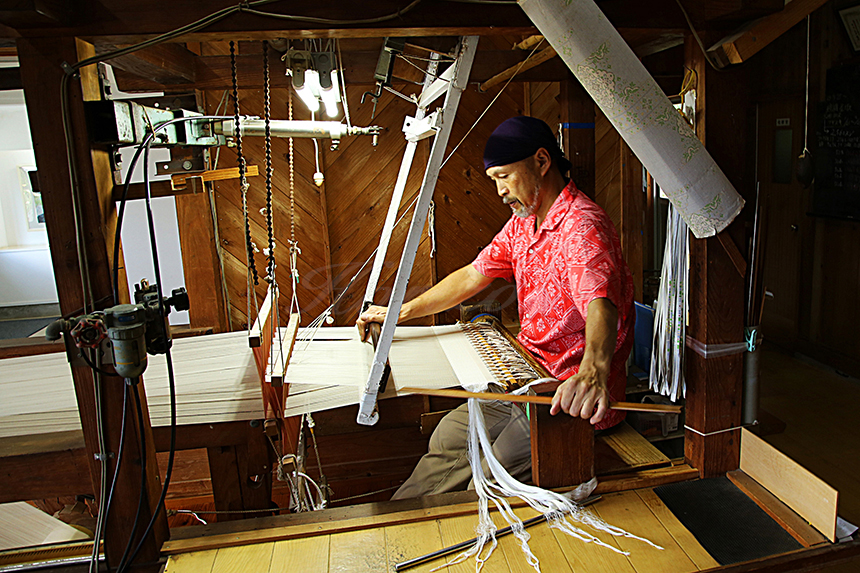
Oshima silk pongee is unique in that it is woven 2 times. Based on a schematic, cotton thread is used for the warp (vertical) into which silk weft (horizontal) thread is tightly bound so that dye does not penetrate the woven area. The lyrical splashed pattern weave is born from this shimebata binding loom technique. The tightly-bound cotton thread is pulled out after mud-dyeing so that only silk thread is ultimately woven into a bolt of silk pongee.
④Yeddo hawthorn dyeing
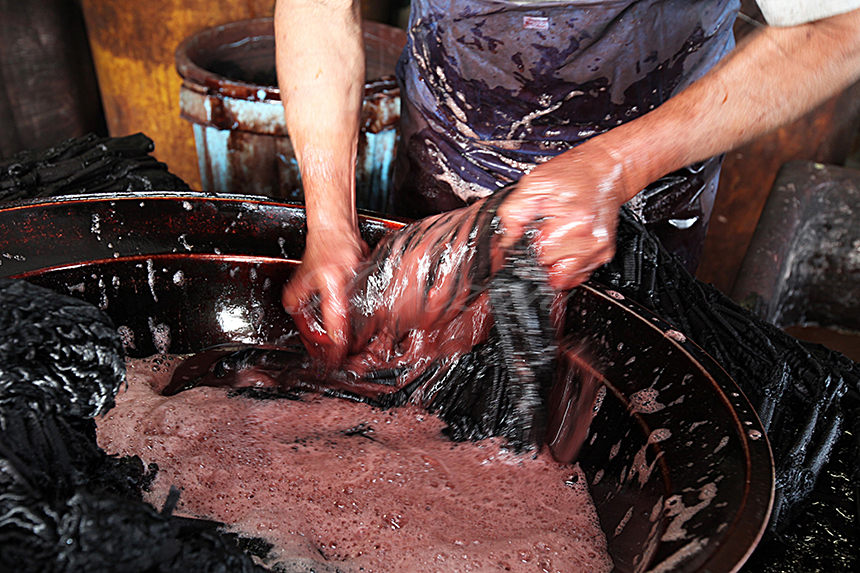
Before Oshima silk pongee is dyed in mud, it needs to be dyed in a liquid made from Yeddo hawthorn. Chips from Yeddo hawthorn bark are boiled in a large cauldron. An artisan dips the splashed pattern woven into a mat on the binding machine into the liquid dozens of times, changing the liquid each time.
⑤Mud-dyeing
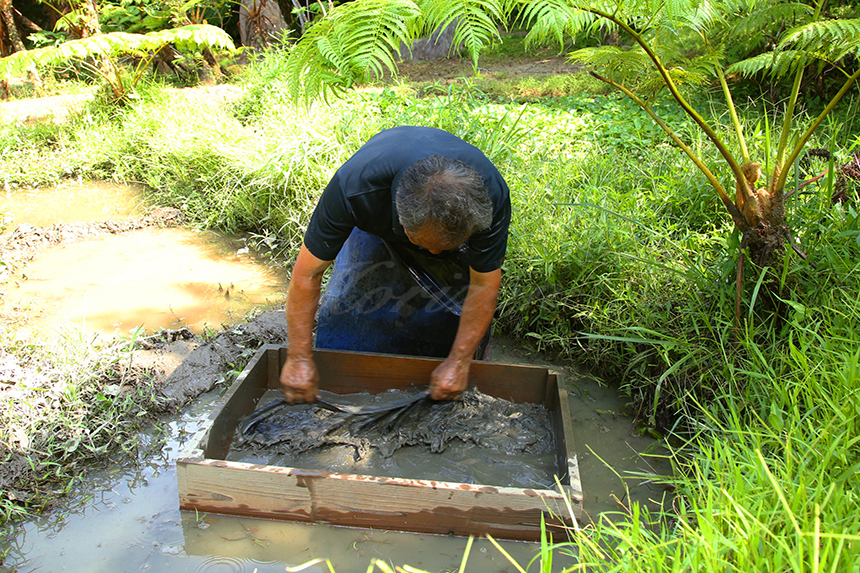
After the Yeddo hawthorn bark dyeing, the splashed pattern is then immersed and rubbed in a mud paddy at the foot of a mountain with fine silt from old stratum full of iron and nutrients. Tannic acid from the Yeddo hawthorn binds with iron in the mud and softens the threads. It takes 20 passes in the Yeddo hawthorne dye and once in the mud to form one process that itself is repeated 3 to 4 times (totaling 100 passes) to dye the thread a distinctive, glamorous black.
⑥Pre-processing

n addition to binding and dyeing, there are another 28 processes completed before loom weaving.
These include warping, aquilegia, sizing, starch tightening, partial decoloring, rub-dyeing, de-threading the splashed pattern mats, and pattern matching.
⑦Hand-weaving
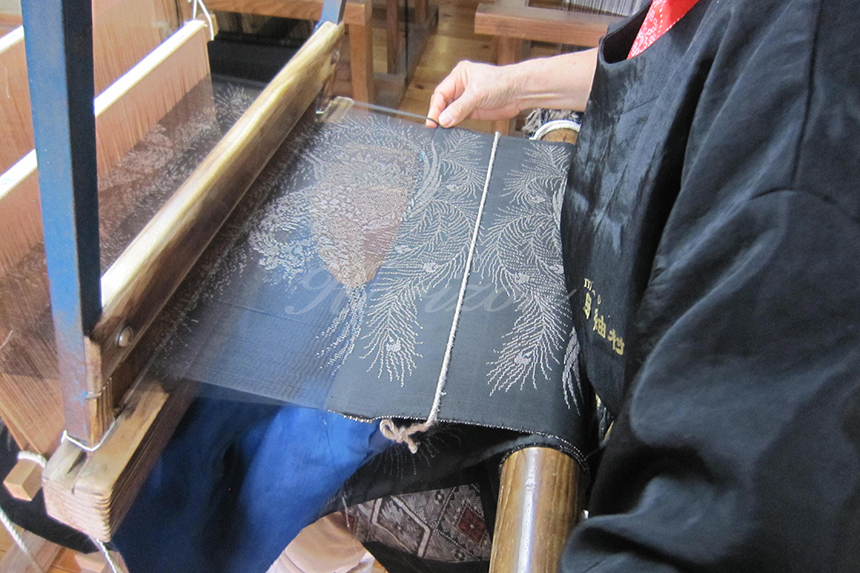
Islanders say binding requires a man’s strength, while weaving requires a woman's perseverance. Fabric is hand-woven on a high loom with the heart of the weaver. To weave 1 bolt of cloth takes 1 to 3 months, depending on the complexity of design.
⑧Splashed pattern adjustment
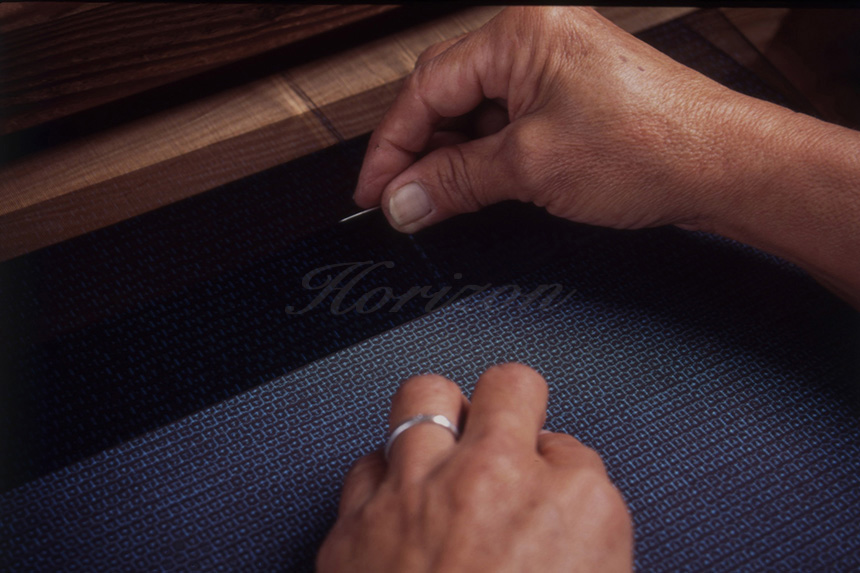
t roughly every 7 centimeters of fabric woven, an artisan loosens the warp and matches each thread to the splash pattern.
⑨Product inspection
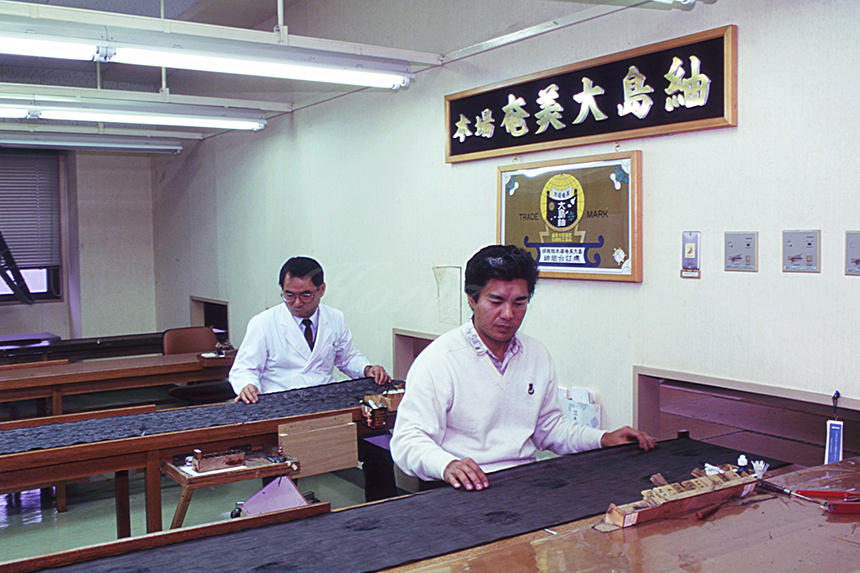
When an artisan finishes weaving Oshima silk pongee, the fabric undergoes a strict 18-item inspection at an Authentic Amami Oshima Silk Pongee inspection office.
⑩Globe trademark
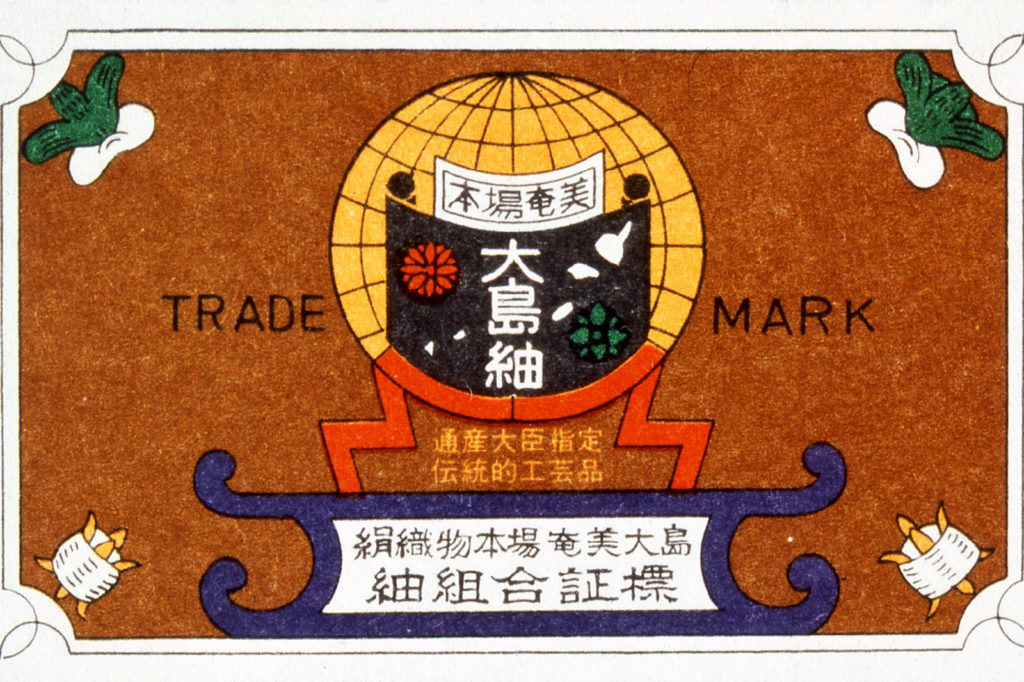
Only that silk pongee that passes strict product inspection is permitted the globe trademark certifying it as Authentic Amami Oshima Tsumugi silk pongee.
Types of Oshima silk pongee dye
Doro Oshima Mud Oshima

Traditional silk pongee dyed based on the black obtained from Yeddo hawthorne and mud only.
Doro-ai Oshima

Dyed with plant-based indigo before being dyed with Yeddo hawthorne and mud.
Kusaki Dorozome Oshima

Dyed with natural plant (other than Yeddo hawthorne and indigo) dyes before being dyed with Yeddo hawthorne and mud.
Iro Oshima

Silk pongee of any color dyed with chemical dyes.
Shiro Oshima
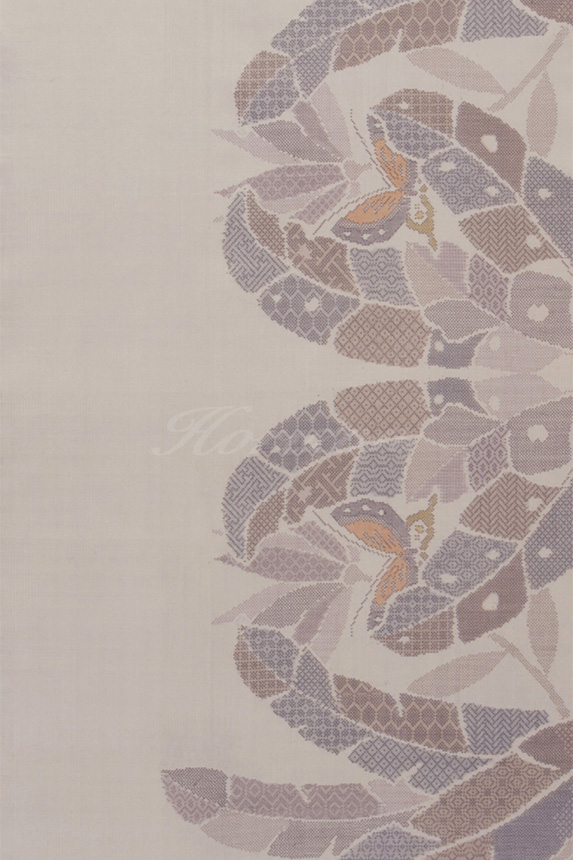
Not dyed with earth tones, pure white silk pongee that leaves a fresh impression, with color added in the splashed pattern alone.
Patterns
The ancient Amamians have intertwined depictions of pit vipers, cycads, screw pines, fish eyes, stars, flower, turtles and other symbols from nature and daily life into the patterns of Oshima silk pongee.
Tatsugo pattern
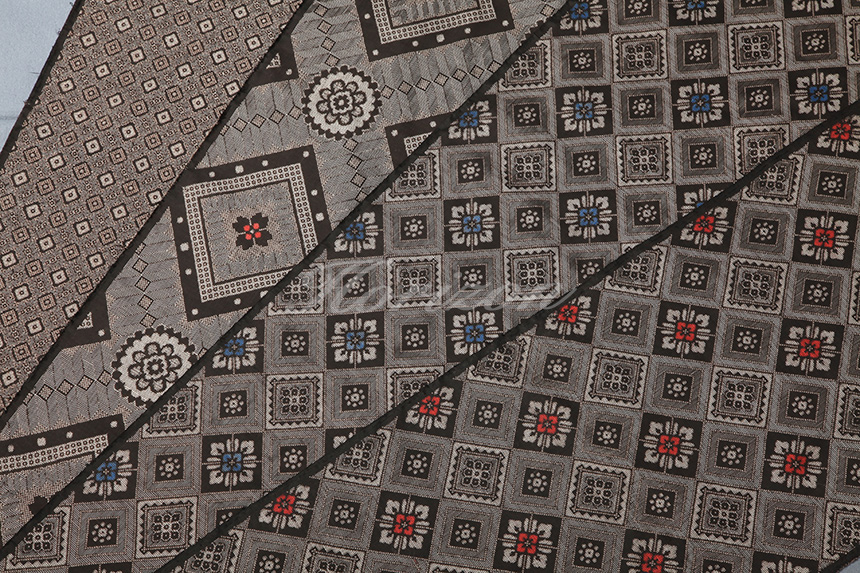
Representative of the less-intricate, classical pattern devised in Tatsugo Town. Combination of pit viper pattern and cycad leaves.
Akina pattern
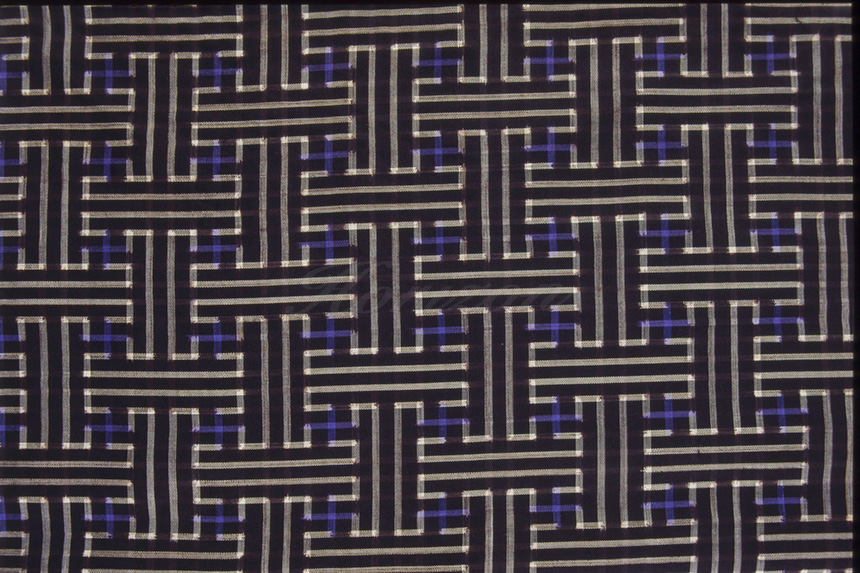
Devised in Akina, Tatsugo Town. Features a motif of stitches patterned on a round sanbara colander.
Interrupt pattern
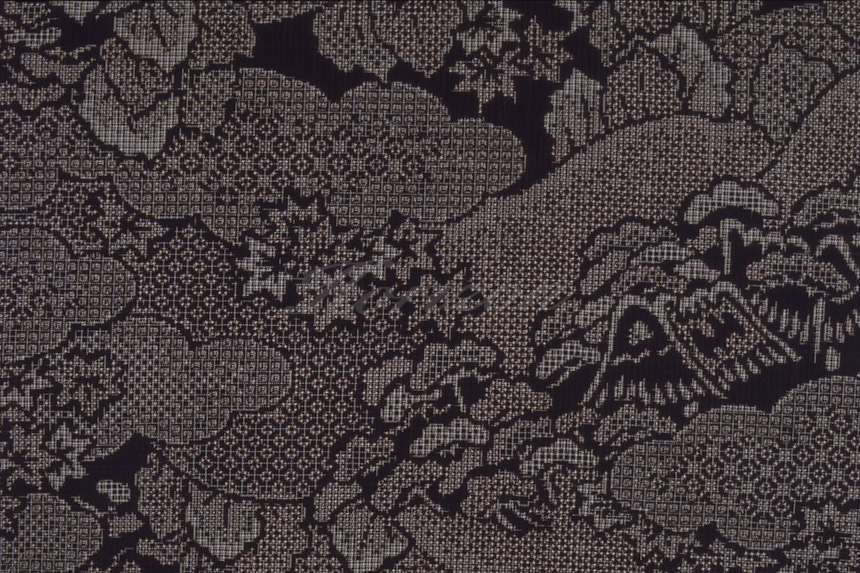
Classic pattern that is difficult to weave. A splashed pattern of varied sequences.
Hexagonal pattern
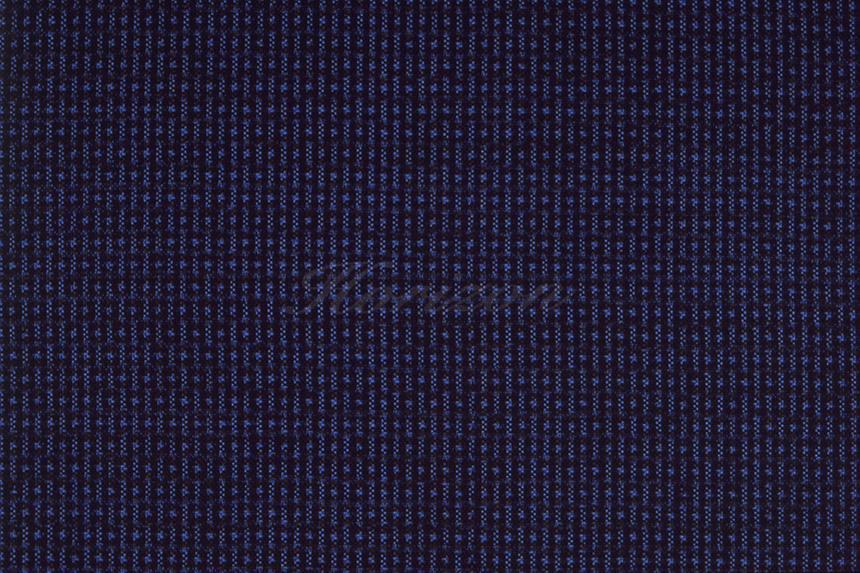
Designed from hexagonals in a typical small pattern often seen on men’s items.
Photo and captions / HORIZON Editorial Office